Do you want to identify which business Model is best for a technology business? You need to use a business model that has been proven and thereby avoiding making some of the mistakes made by your peers in the industry.
Find below business models best suited for technology businesses and examples of firms using those models:
1) User-generated content
This business model involves users generating content and posting it on online platforms. This content includes text, audio, images and videos. It can be viewed and shared. In some cases it is even sold to third parties.
Example; YouTube
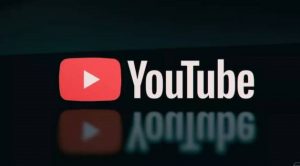
YouTube is a video sharing platform that has over 2 billion users logging in every month. Due to its large audience who generate billions of views every day, individuals and companies pay to advertise on the platform generating income for Youtube and the users that have uploaded content.
2) Open Source
It is a software product that is publicly accessible. Some products/code are free for anyone to modify and distribute.
Example; Linux
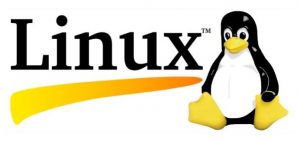
Linux is open source software commonly used on desktops and android devices. It is free, user-friendly and customizable. It has excellent community support and is highly secure. According to the survey, done by Stack Overflow, 53.3% of developer respondents indicated they prefer using Linux over the other platforms, evidence that it is the most popular code.
3) Anything as a Service
This is a business model where products, tools and technologies are offered as services over the internet. This is when users prefer not to purchase the product but would rather consume and pay for the product per usage.
Example; Amazon Web Services
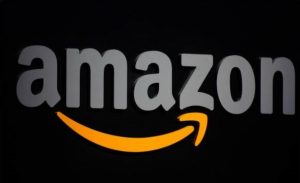
Amazon Web Services is a cloud platform offering featured service such as computing, storage, database etc to its clients on flexible terms. It enables the users to lower their costs and innovate quickly. Its customers include large corporate and government agencies.
4) Data as a Service
The model involves transforming data into useful information through collecting, combining and interpreting it. The information can then be distributed and sold to third parties.
Example; TomTom Traffic

TomTom gathers traffic data from mobile phone users and connected devices in over 400 cities all over the world. This data is then combined with traffic information from other sources and providing detailed traffic insights that are sold to third parties such as government agencies to aid in city planning.
5) Lock-in
This is a model where a customer becomes very dependent on products or services of a given supplier such that switching to another supplier becomes costly and causes a lot of inconveniences.
Example; Apple
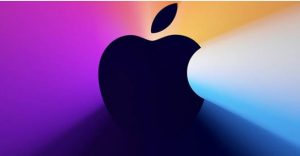
Apple has proprietary hardware and platforms that create a lock-in/closed ecosystem, such that if you start using their products, it becomes extremely difficult to migrate to a different brand. If you want to move to a Windows PC or an android smartphone, you would need to pay for the music, apps and software again. You would need to be tech savvy to perform the data migration all across your new android or windows PC.
6) White label
This is where a company outsources its manufacturing function then sells the products under its brand. This can result in a business model that is best for both the technology business and the “white label” company.
Example; Foxconn

Foxconn, a multinational electronics manufacturer, manufactures ‘white label’ products and components for a number of brands such as Apple and Dell. The economies of scale have enabled Foxconn to lower its production costs and turnaround times. The companies that have outsourced their production are able to focus their efforts increasing their market share.
7) Versioning
A company produces different versions of the same product then charges different prices for each model. The company is able to maximize its sales by capturing the different values perceived by customers and charging differentiated prices accordingly.
Example; Microsoft

Microsoft has released more than seven versions of Windows 10. Each version has different features targeting different customer segments’ needs and preferences. The different versions are priced differently, enabling Microsoft to cater for different user groups.
8) Pay what you want;
This is a model that applies well on products or services with low marginal costs, e.g., digital products. Customers are able to decide on what to pay for a given commodity.
Example; Humble Bundle

Humble Bundle offers bundles of games at flexible pricing. Customers decide what they want to pay. The money from the sale is divided between charity, developers and Humble Bundle.
9) Freemium
It is a model used mostly by software companies where customers are allowed to use the basic features of the service, software or product for free but pay for an upgrade to the premium version.
Example; LinkedIn

LinkedIn is a networking platform for professionals that allow users to post professional profiles and experiences and connect with other people in the workforce for free. Users pay to access the premium version for more functionality such as recruiting, getting hired and other fundamental needs.
10) Licensing
Licensing model involves a company (the licensor), owner of a product or service, authorizing another company (licensee) to use its product/service through an agreement. It is commonly used when sharing intellectual property.
Example; Adobe
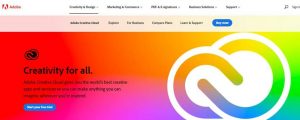
Adobe suite is a collection of more than twenty software programs and mobile apps such as Illustrator, Photoshop, XD and InDesign. The total package can be accessed through an annual subscription plan. The licensee always enjoys the latest updates.
11) Affiliation
Affiliation is the process in which a company sends visitors to its website to another merchant’s website in exchange for a commission on the sales realized if the visitor buys a product there.
Example; Amazon

Content creators, bloggers and publishers sign up to the Amazon Affiliate Program that enables them to monetize their traffic driving traffic to the Amazon e-commerce platform. Visitors to the affiliate websites are directed to the Amazon website through product links, and in case they buy the affiliate earns up to 10% in commission of the revenue.
12) Advertising
This is where a company gets paid a fee by advertisers for advertising on its channel such as newspapers, TV or the internet. The fee is based on metrics such as number of clicks or views, audience and type of media.
Example; Google Adwords
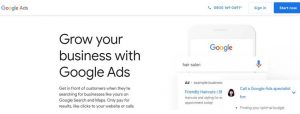
It is an online advertising platform that allows companies to rank higher on Google search results based on the keywords they want to target.
13) Bundling
A company sells multiple products together often at a discount instead of selling them separately. Even though bundling encourages customers to buy more, they may not be willing to pay more for additional bundled items and will be dissatisfied if a bundled item is taken away.
Example; Vodafone
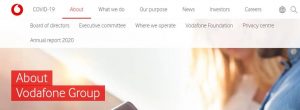
Vodafone, a telecommunication company, is known for bundling various products together such as packages that consist of landline services, internet access and television; smartphones with mobile subscription.
14) Customer analytics
This model uses data from customer behavior to make products through market segmentation and predictive analysis. The information can also be used for marketing development.
Example; Netflix

Netflix, a video content streaming service, uses the large amount of data viewer behavior to provide users with better and improved viewing experience.
Conclusion
Deciding on which model to use as a technology company determines the success of the business. In identifying which business model is best for a technology business it is important to ensure that it matches the needs of the business. This will results in efficient delivery of your product or service leading to increased customer loyalty and business growth

